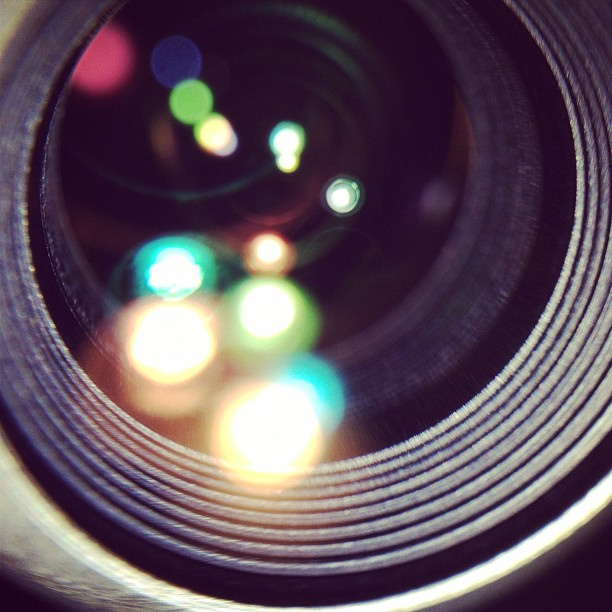Your DLP Dictionary
This is your DLP Dictionary where you can get familiar with DLP technical terms, parts and acronyms.
Aspect Ratio: The ratio of an image‘s width to its height
Ballast – A circuit board that is the power supply for the lamp. The ballast creates two different voltages that make the lamp light and stay on. The ballast creates a startup voltage to strike the lamp at 15,000 volts. The ballast also creates the run voltage that keeps the lamp on at around 320 volts.
Brightness: The amount of light emitted in an area; measured in ANSI lumens.
Color Decay: Image degradation caused by the lack of brightness in the panel decay.
Color Wheel: A color wheel is a device that 6 or 7 colored segments in the shape of a wheel connected to a motor that spin at speeds of 7,200 rpm up to 10,800 rpm. These segments pass and block certain colors when light is shined through them. The operation of this part is crucial the operation of a DLP TV. A color wheel helps to create the color in the picture.
DLP (a. k. a. Digital Light Processing): Light processing system developed by Texas Instruments that uses thousands of microscopic mirrors to project digital images.
DMD – (Digital Micromirror Device): This is an amazing chip that is made of millions of micro-mirrors that are synchronized to move at precise angles to create the picture you see on the screen.
DMD board: This is a circuit board that connects to the DMD and together create the picture that you see on the screen.
Lamp: The lamp for a TV is a sophisticated high pressure mercury vapor lamp. These lamps are made to run at high temperatures for extended periods of time. Osram and Philips are the two major OEM manufacturers of lamps. Both brands rate their lamps at 6,000 hours of life.
Lamp Door or Lamp Cover: This a door or cover that lamp sits behind. You have to remove this door to take the lamp out and replace it. This door has to replaced and secured before plugging TV back into the outlet and trying to turn back on.
LCD (a. k. a. Liquid Crystal Display): A format for high-resolution digital image presentations; often used as technology inside a projector.
LED (Light Emitting Diode): In reference to this guide, they are the lights that are on the front of the TV that flash in certain orders which are codes for service.
Light Engine or Optical Block: This is the part of a DLP TV that processes information and projects the picture that you see on the screen.
Light Tunnel: This is a part of the light engine in DLP TVs that focuses the light from lamp after the color wheel at the DMD. A light tunnel is 4 pieces of highly reflective glass that are adhered together in the shape of a tunnel.
OEM (Original Equipment Manufacturer): This means that the product is made by the original manufacturer and not a copy or replica by another company.
Power Supply: A circuit board that takes incoming AC voltage from the outlet and turns it into various DC voltages that are needed to run the components of the TV.
Signal Processing Board: A circuit board that is designed to take the inputs from the TV and process it into the picture you see on the screen
Picture Reliability: How the image of projector will look over time; whether or not the projected images would suffer from color decay
Pixel: Short for picture element; the smallest element in a displayed image; expressed in horizontal x vertical dimensions (e.g. 640 x 480).
RGB: Red, green, and blue; the traditional projection system used to display full spectrum of color onto display devices.
Throw Distance: Length of projection beam required for a projector to produce images of desired size.
Zoom Lens: Lens that can be adjusted to alter the size of projected image on the screen without having to move the physically projector.


